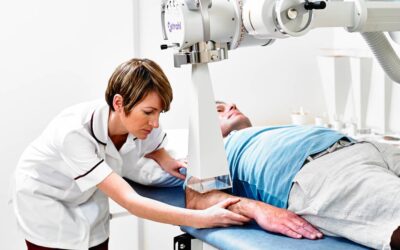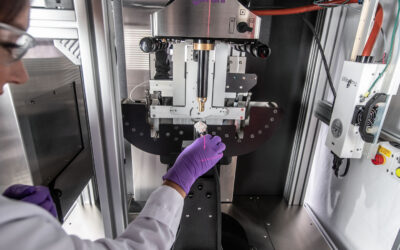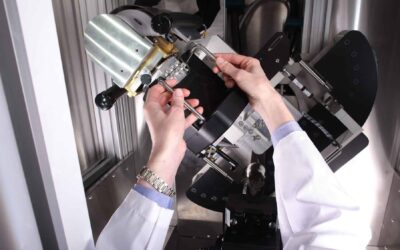Some of the lowest voltages used in radiotherapy are termed Grenz and superficial X-rays of ~ 20 and ~ 100 kVp, respectively. Dosimetrically, the surface doses from these beams are calculated with the use of a free in-air air kerma measurement combined with a backscatter factor and the appropriate ratio of mass energy absorption coefficients from the measurement material to water. Alternative tools to the standard ion chamber for measuring the BSF are GAFCHROMIC EBT2 film and optically stimulated luminescent dosimeter (OSLD) crystals made from Al2O3. The scope of this project included making three different backscatter measurements with an Xstrahl-D3100 X-ray unit on the Grenz ray and superficial settings. These measurements were with OSLDs, GAFCHROMIC EBT2 film, and a PTW ionization chamber. The varied measurement methods allowed for intercomparison to determine the accuracy of the results. The ion chamber measurement was the least accurate, as expected from previous experimental findings. GAFCHROMIC EBT2 film proved to be a useful tool which gave reasonable results, and Landauer OSLDs showed good results for smaller field sizes and an increasing overresponse with larger fields. The specific backscatter factors for this machine demonstrated values about 5% higher than the universal values suggested by the AAPM and IPEMB codes of practice for the 100 kVp setting. The 20 kvp measured data from both techniques showed general agreement with those found in the BJR Supplement No. 10, indicating that this unit’s Grenz ray spectrum is similar to those used in previous experimental work.
Mart CJ, Elson HR & Lamba MA.






